Do I Have a Diastasis Recti?
Worried that you might have a diastasis recti? Or have you told that your abdominal muscles are separating? Perhaps you've never heard of diastasis recti before. But did you know that over 60% of women will get a diastasis recti during pregnancy? So here's how to answer the question, "Do I have a diastasis recti?" Plus, we'll everything you need to know about diastasis recti and what to do if you have one.
Diastasis Recti: The Silent Condition that Affects Your Abdomen
For starters, diastasis recti is the medical term for a separation between your abdominal muscles. You have 4 groups of abdominals with the most superficial muscle being your rectus abdominus, aka your 6-pack ab muscles. These run vertically from the pubic bone to the sternum and are connected down the middle with connective tissue. With a diastasis recti, the connective tissue begins to separate and the muscles start to pull apart. With more severe cases, the intestines can begin to push out through that opening similar to a hernia.
There is not a definitive cause for diastasis recti and people can have one who aren't pregnant such as body builders. But pregnancy puts you at a higher risk for a diastasis recti because as your belly expands with a growing baby, it places more stress on the abdominal muscles. This ultimately can lead to the muscles separating from one another. Once the muscles separate, it is unlikely that they will come back together and there will always be a weak point in the muscles there.
I treat women often with a diastasis recti during and after pregnancy to help stabilize the trunk and provide support. When the abdominal muscles separate in a diastasis recti, they can't work efficiently because they are stretched apart. It also creates a weak spot in the abdominal wall which can lead to the intestines pushing into that area and creating a hernia or a larger separation. With a diastasis recti, you are at higher risk for low back pain and pelvic floor dysfunction because the trunk isn't stable and the muscles aren't supporting the spine and pelvis like they should. A lot of my clients feel "loose" or "unstable" or even like the abdomen is sticking out more. This makes it difficult to carry your new baby and later on, run around with them at the park.
A Simple Way to Reduce Your Risk of Diastasis Recti During and After Pregnancy
As I mentioned, there isn't a known "cause" for the diastasis recti but ultimately, they occur when there is too much pressure within the abdomen and the pressure has to go somewhere. Modifying your movements and behaviors can help decrease the amount of pressure in the abdomen to decrease your risk of a diastasis recti. More importantly, if you have a diastasis recti, you want to avoid making the separation worse. For example, avoiding crunches during and after pregnancy is important because that exercise increases abdominal pressure. Also making sure that you are not holding your breath during exercise or activities will also help. These changes will lessen your risk of getting a diastasis recti and also prevent it from worsening.
Stop Wondering and Find Out: Do You Have Diastasis Recti?
To test for a diastasis recti, lie on your back with your knees bent. Place your fingertips over your belly button and lift your head and neck off the floor. If you feel a gap where your fingers are, that is a separation of the muscles. Repeat this slightly above and below the belly button. If the gap is 2 fingers wide or larger it is considered a diastasis recti. If the gap is less than that, it is only considered an abdominal separation. However, if they are separated, you want to work to prevent it from worsening.
If you feel a separation or think "Do I have a Diastasis Recti?" the best thing you can do is work with a pelvic floor physical therapist that specializes in this. It is crucial to learn the proper exercises to increase core stability and everyone starts at a different level of ability. It's also important to learn what NOT to do so the diastasis recti doesn't get worse. In addition to proper exercises, I also address the trunk muscles if they are tight. Often times the connective tissue over the muscles get "stuck" and create tightness. The reason I address this is because the tight muscles or connective tissue can continue to pull the separation further apart. It also makes it difficult for the other core muscles to work properly because things will be "stuck" in place.
Ready to Feel Confident and Strong Again? Let's Fix Your Diastasis Recti
If you want a specialist to help you manage your diastasis recti and make it easier to carry your baby or play with your kids at the park, contact me to set up a time to meet and talk more about your issues. I feel passionate about helping women get better, faster so they can be healthy and active without pain and I would love to be able to help you as well. Our FREE guide, "Everything You Need to Know About Diastasis Recti," is a great place to start. Just click the link below to get your copy!


